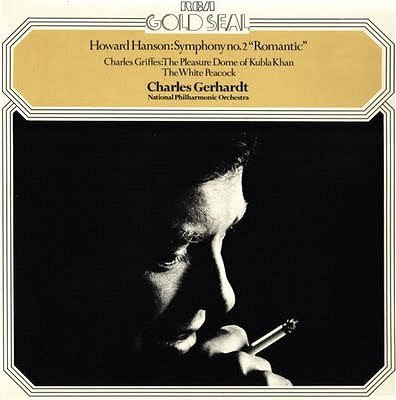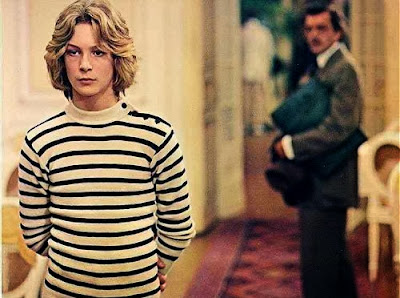Music and its symbols

Karlheinz Stockhausen's music generated the image above, while the one below was created by the saxophone of Jan Garbarek.

Back in January I asked the question 'Shouldn't we be making classical music more visual to attract younger audiences?', and these images are a fascinating extension of that discussion. They build on the work of the the Swiss doctor, Hans Jenny who pioneered the science of cymatics. This is the study of wave formations, and Hans Jenny pioneered techniques for capturing images of wave patterns, including sound. Below is a pattern created by Pierre Boulez's music.

All the images in this article are the work of the German researcher and photographer Alexander Lauterwasser. He created them by transferring the sound waves produced by the music into water, and photographing the results using reflected light. The figure below was created by the sound of the mantra Om. It strict symmetry contrasts with the less structured patterns created by Boulez's music above, but it has striking similarities with the Stockhausen figure at the head of the article. Unfortunately we cannot drill down further into the individual images as the precise work used to generate them is not specified,

Stockhausen, of course, composed a work titled Mantra. When I first saw Alexander Lauterwasser's remarkable images I was struck by the resemblance of many of them to mandalas. The parallel is surely no coincidence. Early experiments by Lauterwasser used sand on metal plates to capture the sound patterns. Sand mandalas are in an important part of Buddhist symbolism, and the title heading for this article misquotes Carl G. Jung's seminal Man and His Symbols. This 1964 book introduced many Western readers, including me, to the mystical power of the mandala. Music by an Eastern musician, Ravi Shankar, created the pattern below. Again the similarities to a mandala are striking.

While I was researching this article a review copy of Deniz Ertan's lovingly produced monograph on French born and American domiciled composer Dane Rudhyar arrived. The volume includes colour reproductions of Rudhyar's art, and there are striking similarities between the composer's astrological charts and Alexander Lauterwaseer's sound patterns. Compare the header image in my most recent Rudhyar article to the pattern below created by a gong sounding. Are the similarities just a coincidence? Perhaps not; Both Rudhyar's music and his interest in Theosophy were influenced by Alexander Scriabin, who was an early pioneer of music driven light displays.

Are Alexander Lauterwasser's sound images a musical Rorschach inkblot test that gives us a a new insight into a composer's music? Or are they simply beautiful random patterns that confirm our own prejudices? Well, if you believe that Pierre Boulez is music's antichrist, you may find some satisfaction comparing the pattern below, created by a pure 595 Hz tone (slightly higher than D5), with the seemingly random figure generated by Boulez's music and seen in my third image.

All images above are from Alexander Lauterwasser's website, where high quality reproductions of the sound patterns and a DVD may be purchased. He has also published a book titled Water Sound Images. Below is a YouTube video Lautterwasser made about his work. And yes, Alexander Lautterwasser had a famous father. Siegfried Lautterwasser was Herbert von Karajan's personal photographer and he left an infamous legacy.
More images created by music here.
All images reproduced from Alexander Lauterwasser's website. My German less than adequate, so corrections and additions from German speakers are very welcome. Any copyrighted material on these pages is included as "fair use", for the purpose of study, review or critical analysis only, and will be removed at the request of copyright owner(s). Report broken links, missing images and errors to - overgrownpath at hotmail dot co dot uk









Comments
http://www.wasserklangbilder.de/shop/L474_gr.jpg
And can anyone else see that face in the Boulez pattern?